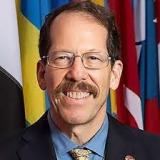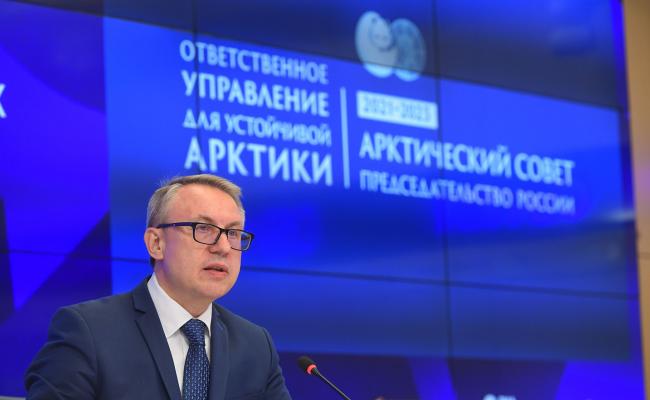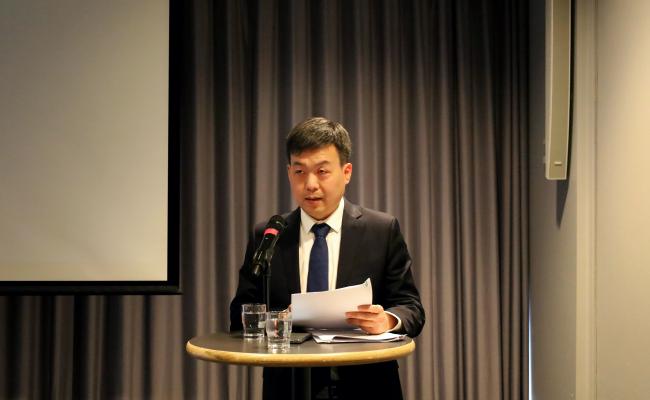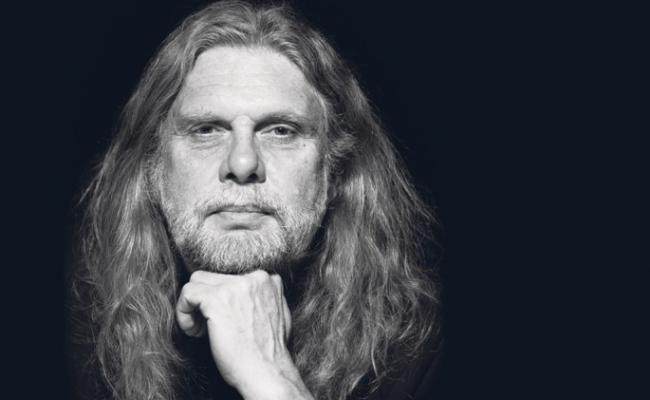Op-ed: Statement From The Chair to Preserve The Arctic Council
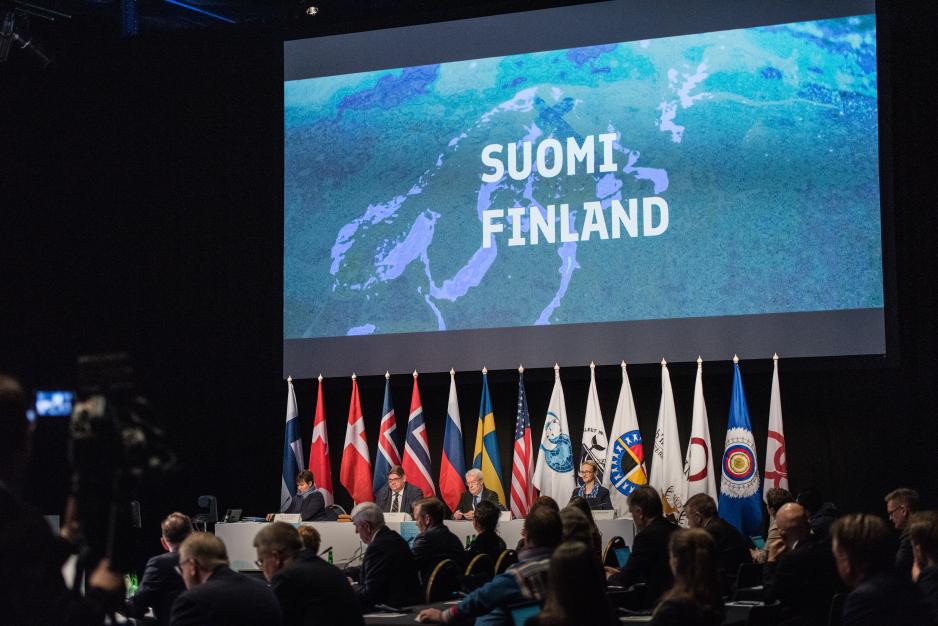
The 11th Arctic Council Ministerial Meeting on 7 May 2019 hosted by Finland in Rovaniemi. (Source: Jouni Porsanger / Ministry for Foreign Affairs of Finland)
The opinions expressed here belongs to the author and do not represent the views of High North News.
An “orderly handover” of the Arctic Council on 11 May 2023 is uncertain.
I am writing this piece as an observer and participant, contributing as a science diplomat.
In the 4th Arctic Science Ministerial (ASM) on 14 April 2023 in St. Petersburg, there were no foreign speakers other than myself in this ceremonial handover from Russia to Norway for the 5th Arctic Science Ministerial.
In preparing my comments, it was clear the larger challenge is with the upcoming Arctic Council rotation from Russia to Norway, noting there are common interests across all eight Arctic states to maintain this “high level forum”.
The facts are straightforward. The Arctic Council has been a fundamental source of inclusive dialogue since the Cold War, protecting the High North as a region of low tension.
It will be impossible to achieve consensus among the eight Arctic states.
It also is noteworthy that the Arctic Council “should not deal with matters relating to military security”. Nonetheless, the ‘Arctic 7’ have been “pausing” any meetings with Russia since 4 March 2022, reacting days after the Russian invasion of Ukraine. The outcome is A7 will be unable to meet this month for an Arctic Council Ministerial Meeting with Russia as the Chair.
Consequently, it will be impossible to achieve consensus among the eight Arctic states for an Arctic Council Ministerial Declaration, which also has been an enabling document for the Chair rotation every two years of this “high level forum” since it was established with Indigenous Peoples’ Organizations in 1996.
This predicament happened once before with the Finland-Iceland rotation in 2019, when consensus with an Arctic Council Ministerial Declaration also was impossible.
At the Rovaniemi meeting in 2019, US Secretary of State Mike Pompeo objected to language about climate change, which blocked a consensus declaration, necessitating Finnish Foreign Minister Timo Soini to produce a Statement from the Chair, which now is the linchpin for the Arctic Council to remain as a “high level forum”.
Clearly, traditional diplomacy among foreign ministries is lacking in the Arctic, reflected by my involvement in ASM4 alone. The outcome is traditional tracks of diplomacy are being supplemented by new forms of dialogue, which is how and why science diplomacy originated.
Also read
In the Arctic, perhaps this is a repercussion of Pompeo’s unilateral contributions in 2019. Or perhaps current circumstances represent more severe gutting of diplomatic capacities, continuing to react at twitter time scales without short-to-long term considerations.
Whatever the reason, the war in Ukraine is insufficient to undermine the progress that has matured in the Arctic since the famous 1987 Murmansk speech by the final Soviet President, Mikhail Gorbachev.
The “Arctic Research Council” that he introduced became the Arctic Council as a key to tear down the Iron Curtain, in full daylight with the “burning security issues” being addressed to “Let the North Pole be a pole of peace”.
My comments at ASM4 followed those of Amb. Nikolay Korchunov among others, introducing options (without advocacy) that could be used or ignored explicitly to help with the upcoming Statement from the Chair, which hopefully will happen.
Notably in view of Open Science and enhancing international Arctic scientific cooperation, there is opportunity to apply the 5th International Polar Year (IPY) in 2032-2033 in the same manner as its predecessor in the 1950’s, building bridges across a ‘continuum of urgencies’.
International scientific cooperation was able to open the door for the 1959 Antarctic Treaty.
Not only is the IPY the longest continuous climate research program created by humanity, starting in 1882-1883, but it enabled the United States and Soviet Union to build common interests with cooperation throughout the Cold War in Antarctica as well as Outer Space.
As an example, despite the animosities that isolated the two superpowers everywhere else, international scientific cooperation was able to open the door for the 1959 Antarctic Treaty as the first nuclear arms agreement at the height of the Cold War.
In the Arctic, the starting point is the 1996 Ottawa Declaration that established the Arctic Council with “common Arctic issues” of sustainable development and environmental protection.
A decade later, the Arctic Council evolved, when Norway was Chair previously during the tenure of Jonas Gahr Støre as Foreign Minister, opening the door to a decade of binding agreements among the eight Arctic states.
Since then, every declaration of the Arctic Council as well as the lone Statement from the Chair have reaffirmed the “commitment to maintain peace, stability and constructive cooperation in the Arctic.”
As an observer, it is clear all Arctic states could be doing more with their diplomatic capacities to ensure an “orderly handover” with the Arctic Council, which requires the Statement from the Chair currently to continue the Arctic Council as a “high level forum” under the stewardship of Norway.
With leadership from Prime Minister Støre, looking beyond the Norwegian-Russian tit for tat with recent embassy expulsions, there is opportunity to project hope with the Arctic Council, which had been nominated for a Nobel Peace Prize as recently as February 2022.
If it continues as a “high level forum”, the Arctic Council would open avenues of dialogue that are sorely missing, perhaps even to help end the war in Ukraine.
The solution remains with sincere efforts among nations to build common interests rather than just resolve conflicts, which requires dialogues and brave leaders who can act for the benefit of all on Earth across generations.

